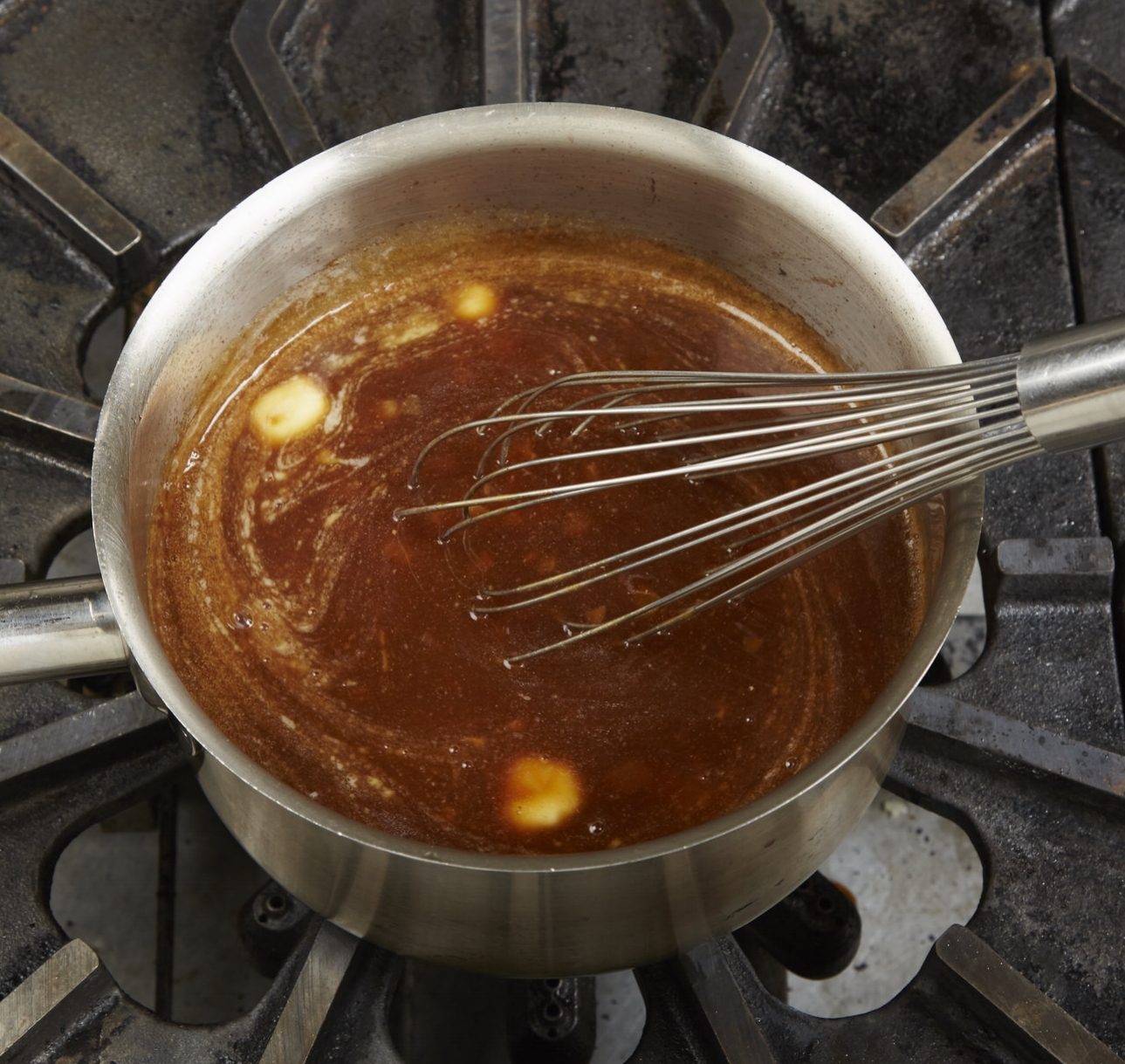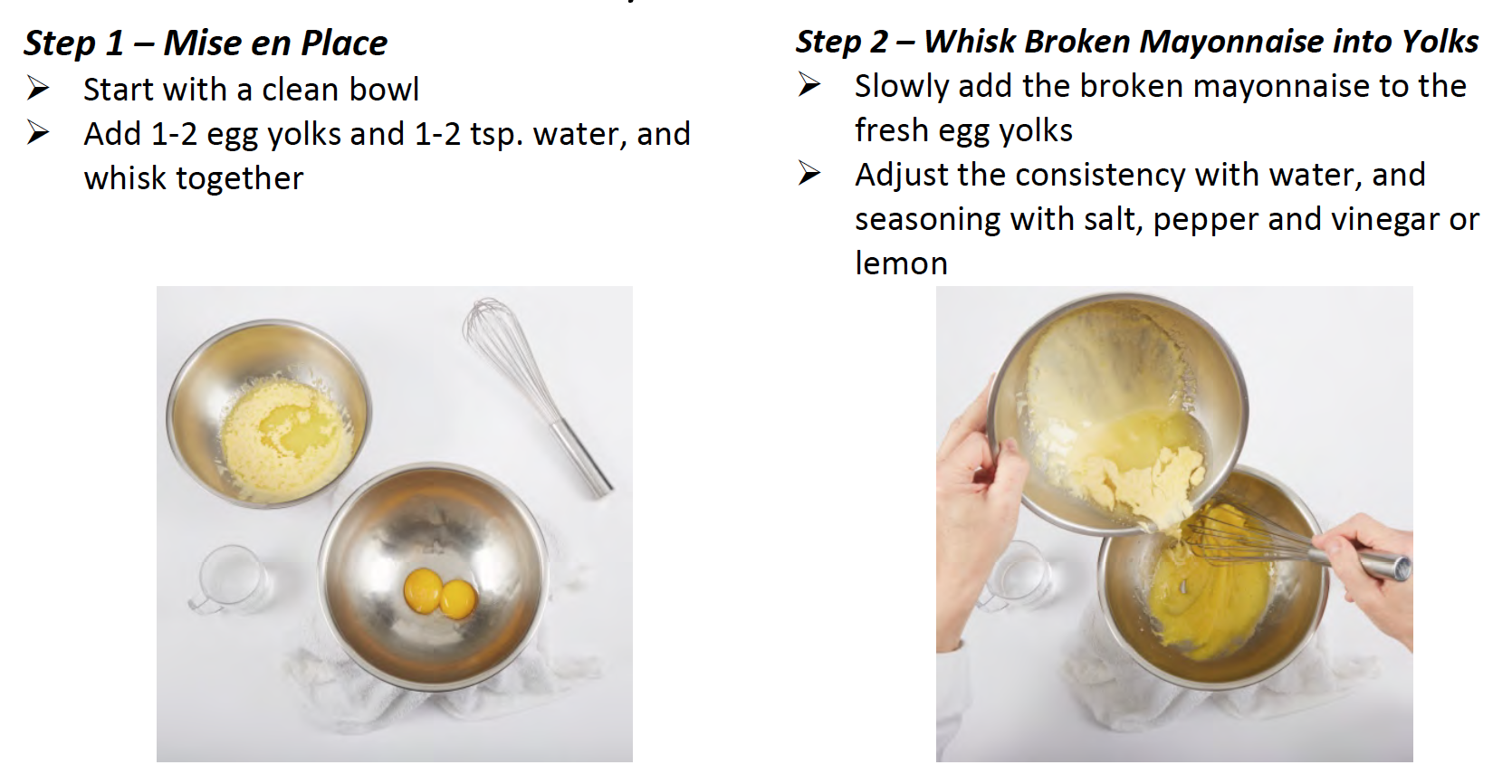Cold Sauces
Cold sauces include a wide variety of preparations from basic oil-and-vinegar combinations to relishes, salsas, and pestos. Vinaigrette and mayonnaise styles of dressings fill a major role in this category because of their versatility and endless variations. Other preparations in this class of sauces include compotes, chutneys, and dips.
Terminology
Vinaigrette - a cold emulsion of oil and vinegar with other flavorings and seasonings used extensively in salad preparation. Vinaigrettes can also be used as marinades for meats, fish, or poultry and can be served hot or cold
Mayonnaise – A stable emulsion of egg yolks and oil with additional emulsifiers and seasonings.
Salad Dressing – A generic term for cold sauces that are primarily meant to be served as condiments for salads. Salad dressing also refers to a cooked dressing with eggs, oil, seasonings, and additional flavorings
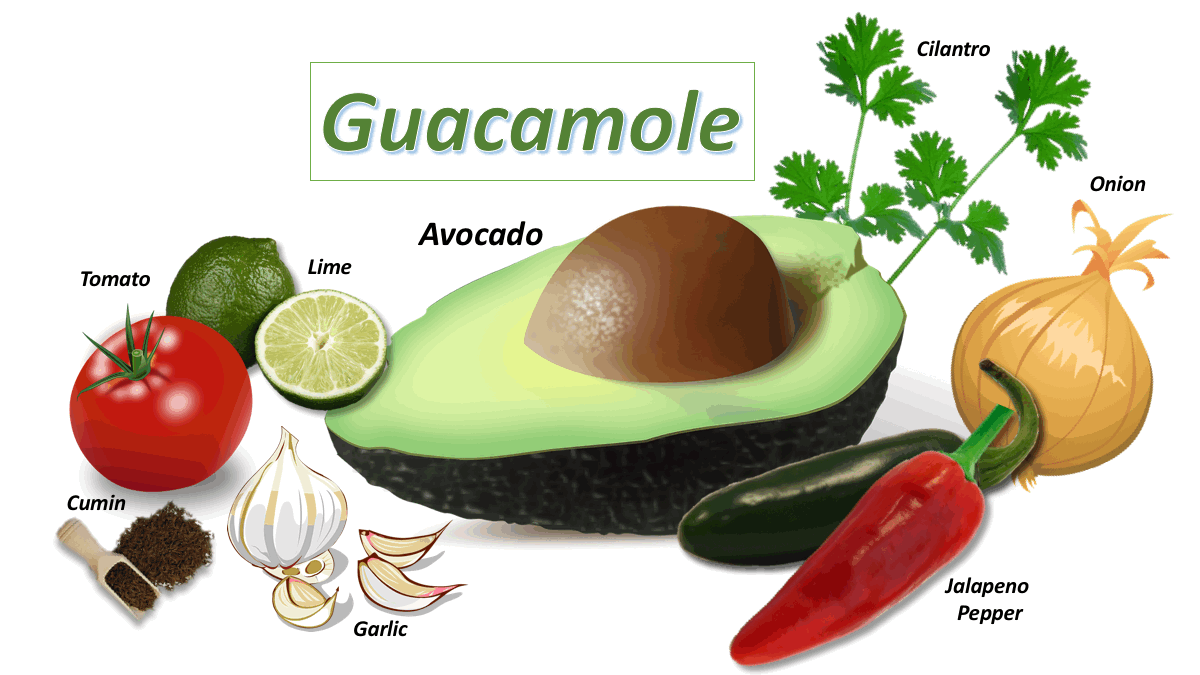
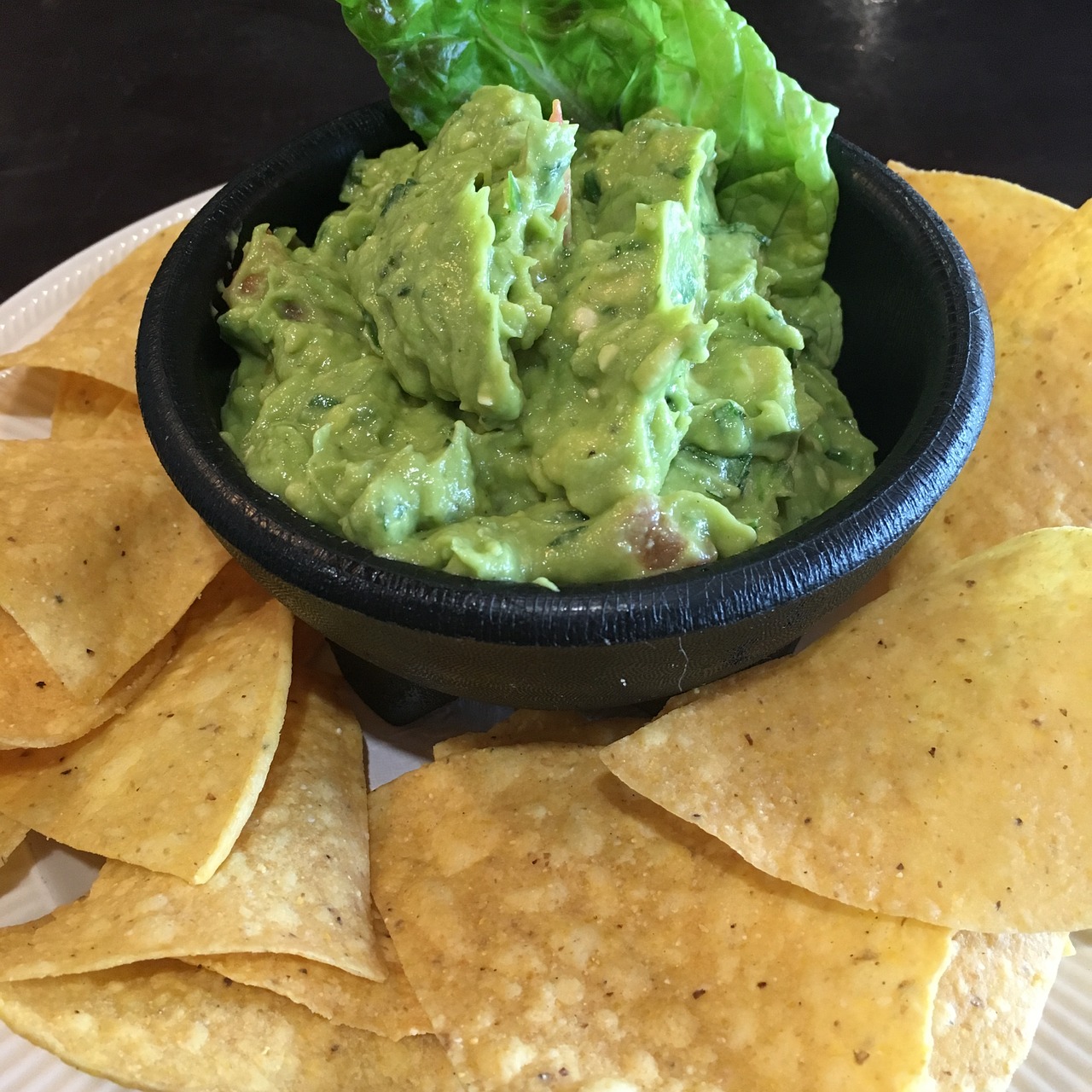
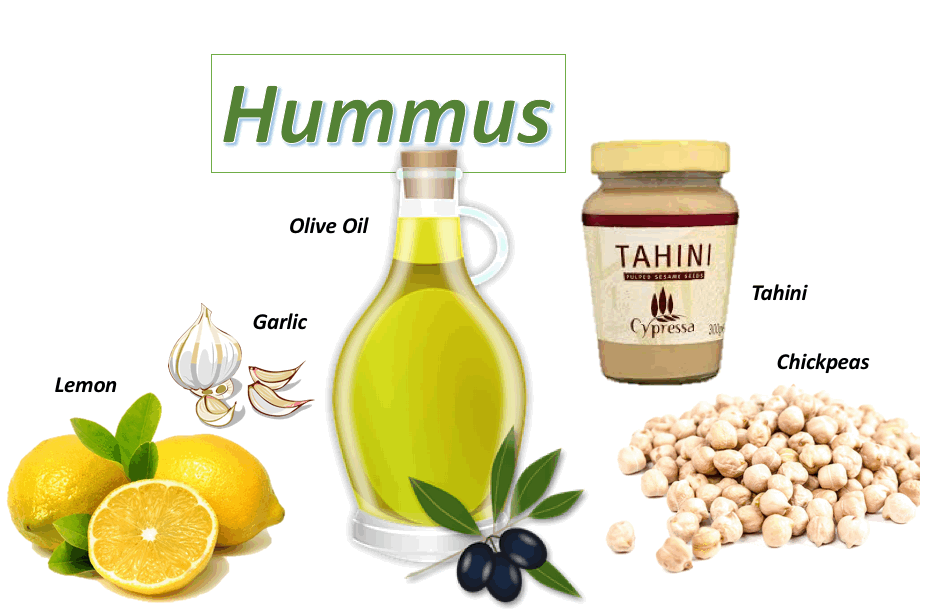
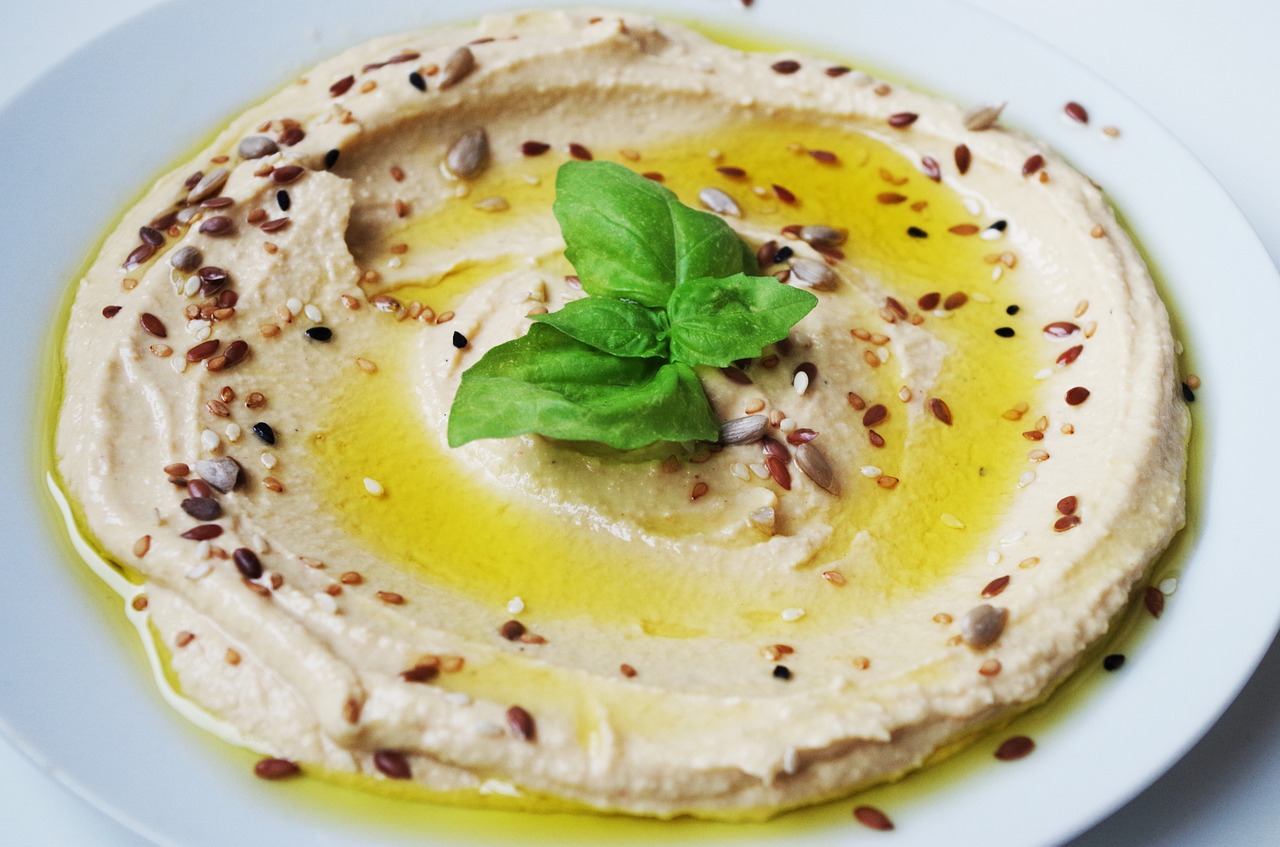
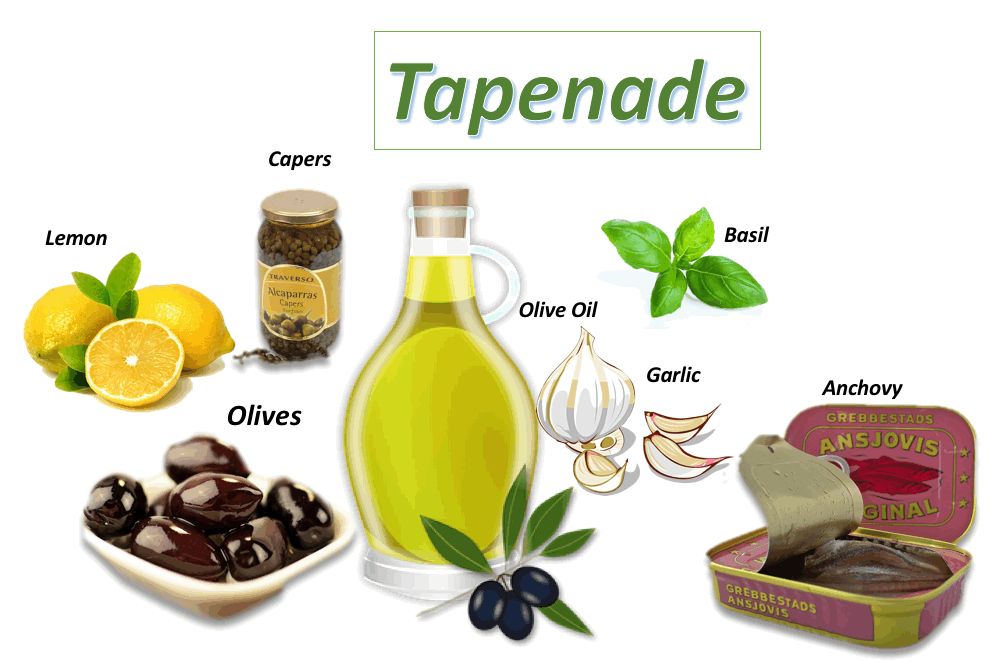
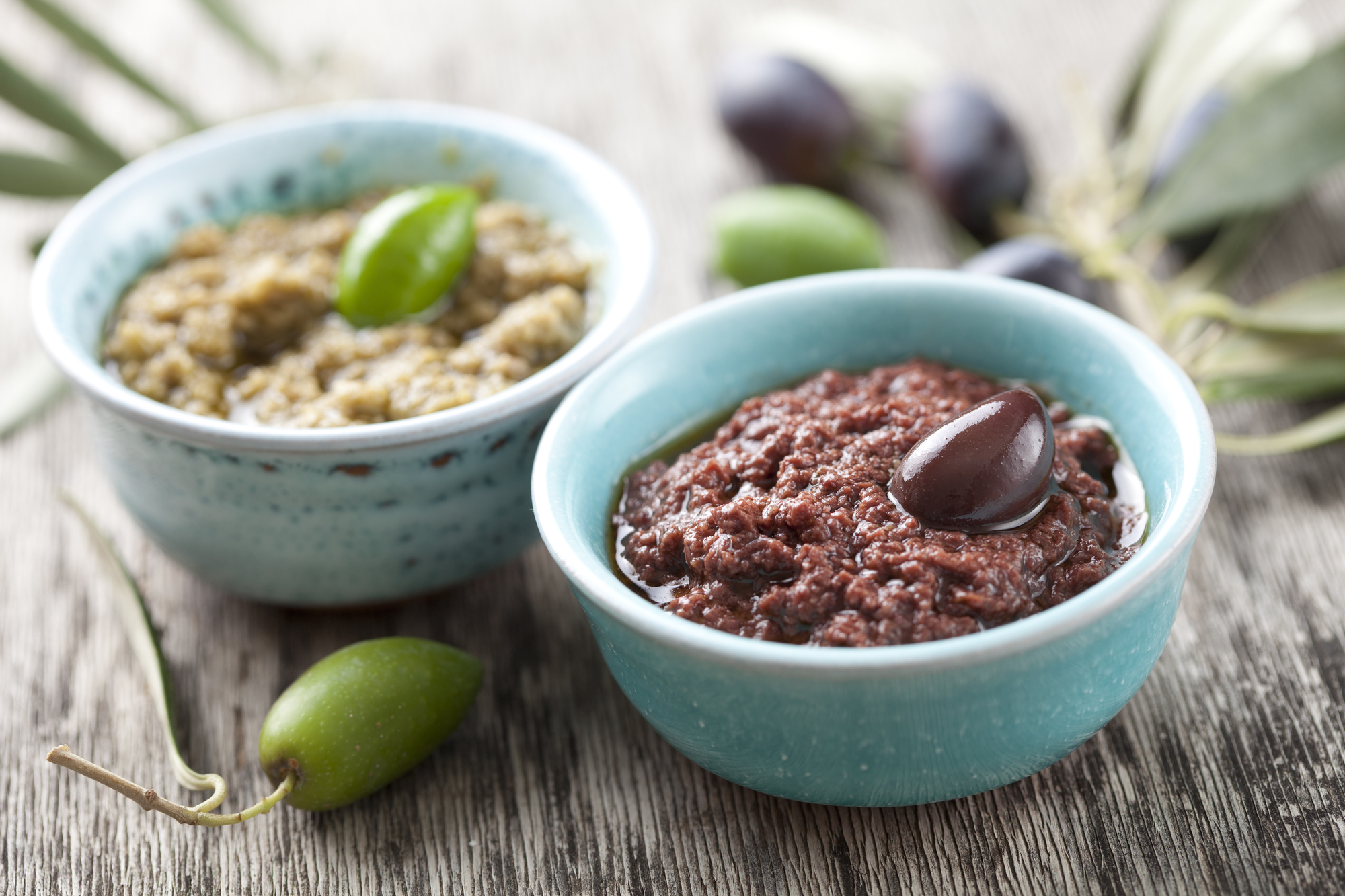

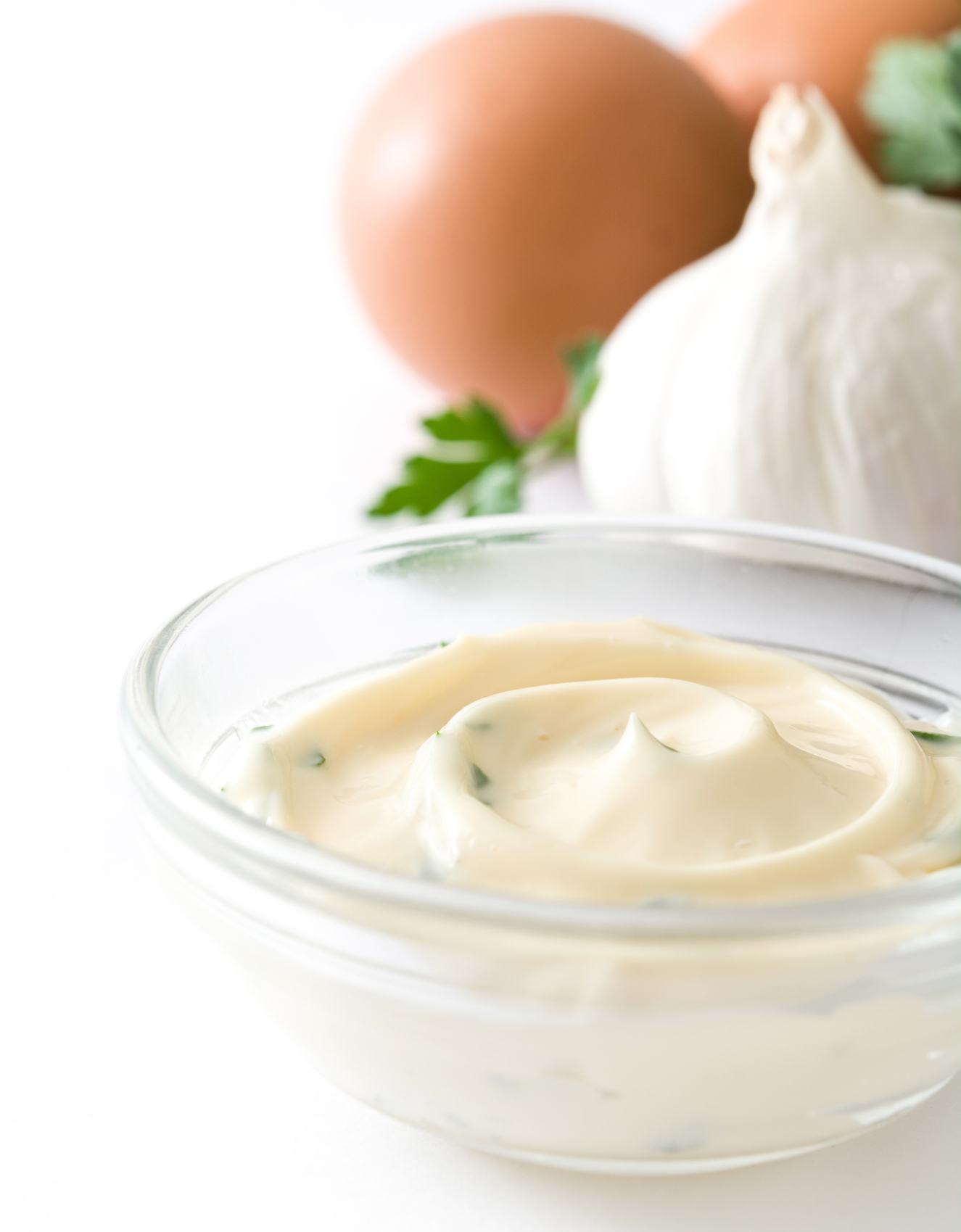
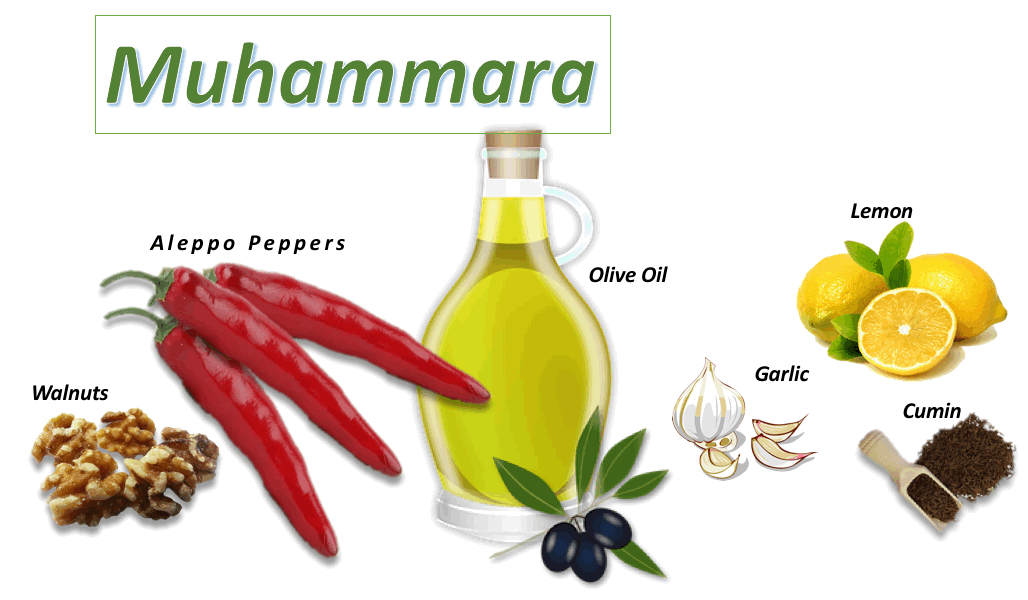
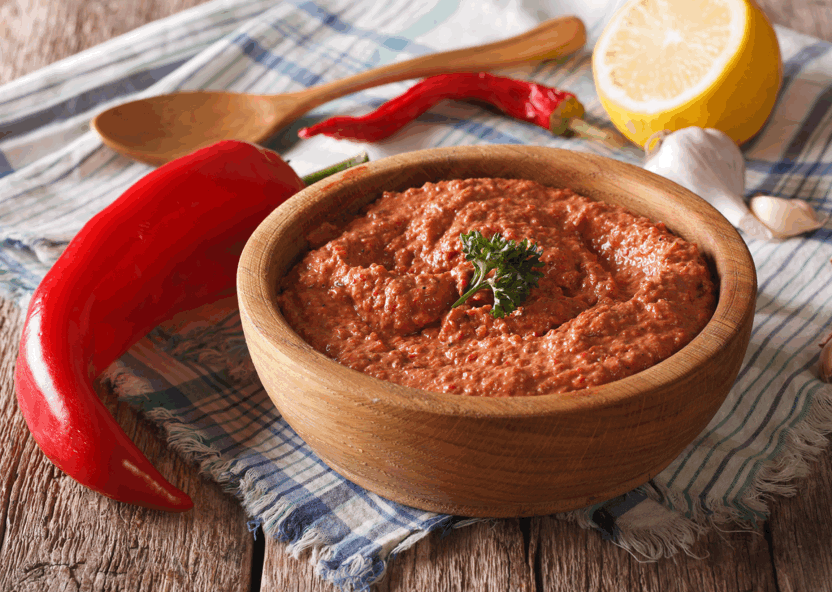
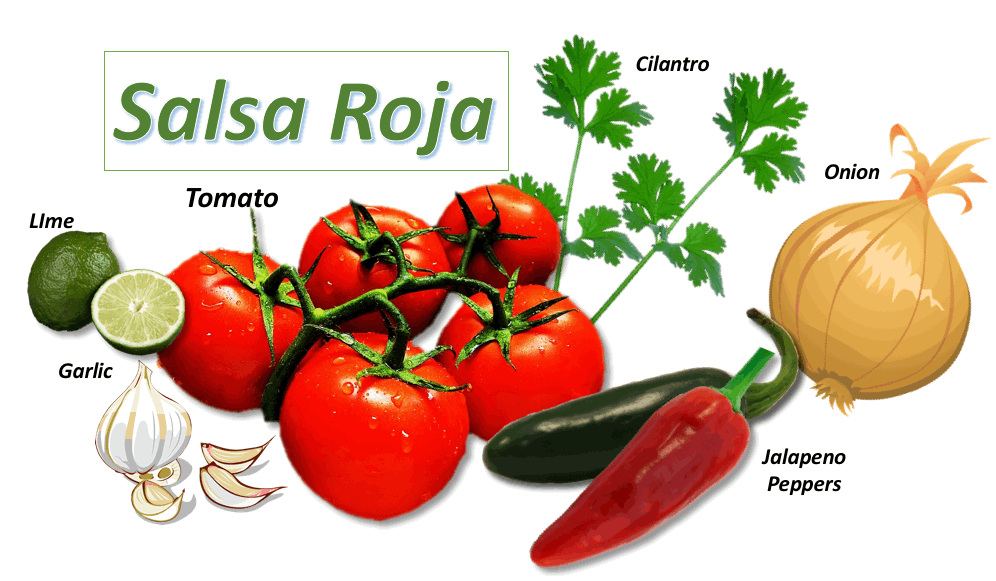
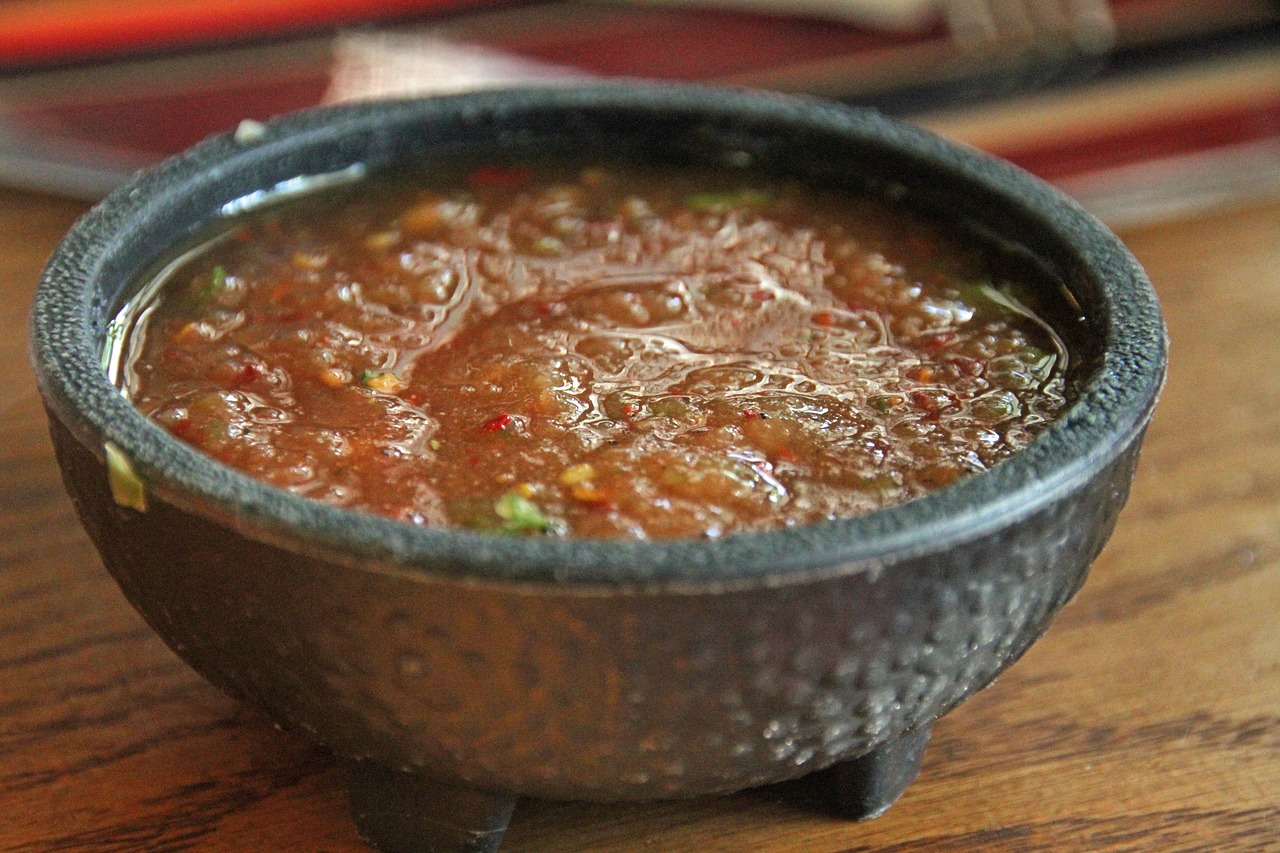
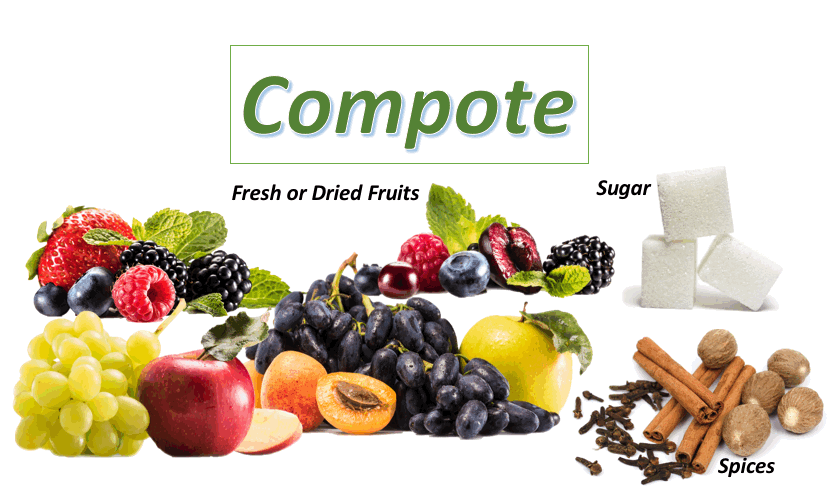
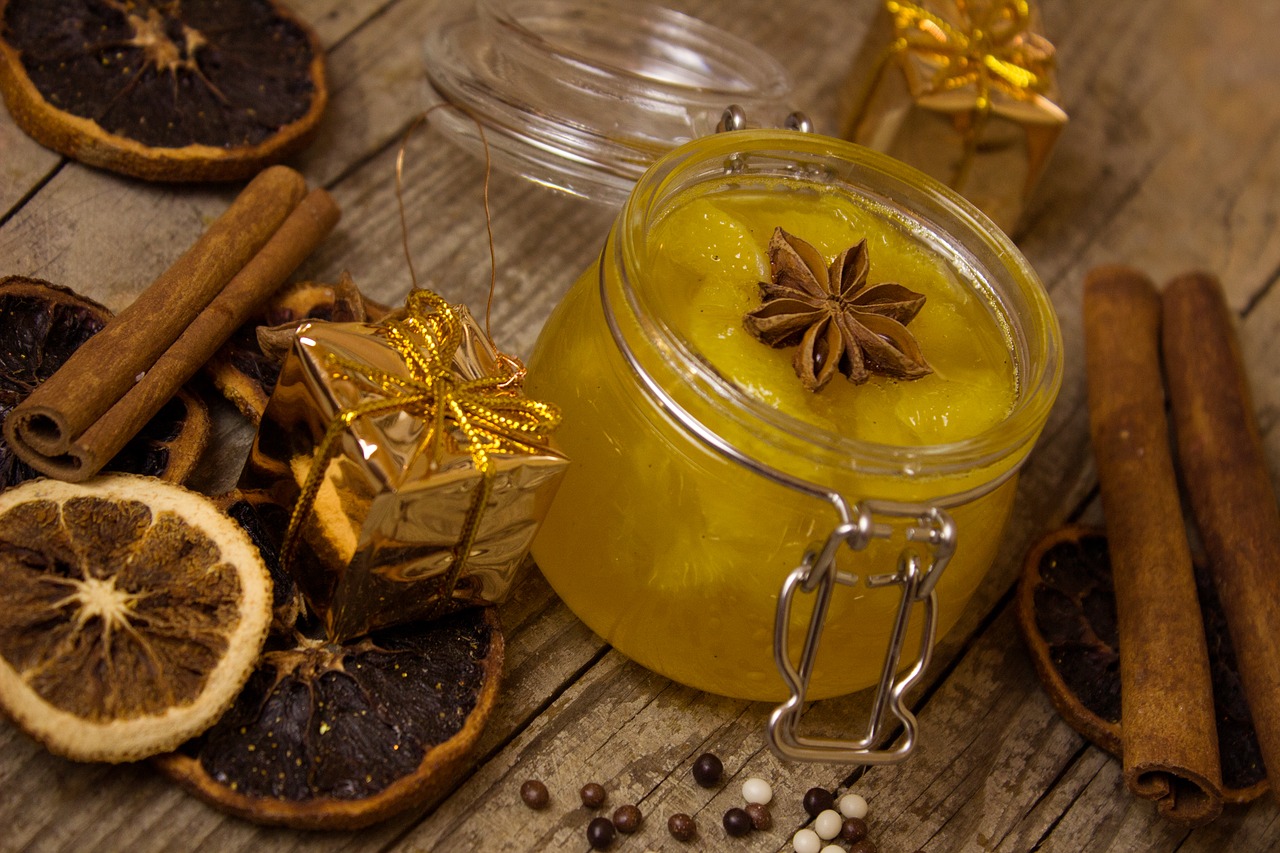
Colloids and Emulsions in Cold Sauce Preparation
A colloid is a mixture of two ingredients known as a dispersed and a continuous phase. The continuous phase is usually the larger quantity that will surround the molecules of the dispersed phase. Typical emulsions of oil and vinegar are also referred to as hydrocolloids because both phases are liquid. In a mayonnaise or hollandaise sauce, emulsions occur because the oil is broken up into billions of small particles that are dispersed in liquids thus creating a viscous mixture that holds together in a uniform mix.
Emulsifiers - Foods containing lecithin, including egg yolks, plant proteins, starches, and gums, have water and fat-soluble molecules that cling to both phases of a colloid. Mustard, garlic, tomato paste, and egg yolks are examples of emulsifiers. These ingredients help create stable vinaigrette and mayonnaise-based sauces.
Types of Emulsions
Temporary Emulsion – Vinaigrette dressings based on oil and vinegar tend to separate easily and are therefore called temporary emulsions. With the use of emulsifiers and high-speed blenders, these sauces are made more stable but are still susceptible to separating.
Stable Emulsion – Mayonnaise is considered a stable emulsion because when made and stored properly it holds together without separating.
Water-in-Oil Emulsion – A vinaigrette is an example of a water-in-oil emulsion because the water, or in this case vinegar droplets, are in a "dispersed phase” and the fat or oil is in a "continuous phase."
Oil-in-Water Emulsions –A mayonnaise is an example of an oil-in-water emulsion because microscopic droplets of oil become suspended in microscopic droplets of water (lemon juice or vinegar). The fat or oil is in the dispersed phase and the water is in a continuous phase held together by emulsifiers in the egg yolks.
Emulsion Components
Oil
Neutral flavored vegetable oils are used extensively in vinaigrette and mayonnaise sauces. Stronger flavored oils like extra virgin olive oil or sesame oil are also used but are usually tempered with neutral oil. Animal fats including rendered bacon or duck fat are used too.
Because of its chemical makeup, unrefined extra virgin olive oil when used at full strength can cause egg yolk emulsions to break. Therefore the oil should always be diluted with a higher ratio of neutral-flavored oil (3-4 parts neutral to one part extra virgin olive oil). Rancidity in oil not only has a strong unpleasant taste but also causes mayonnaise emulsions to break too.
Liquid - Vinegar, Lemon Juice, Water
Liquids are added to emulsions in various forms to provide moisture, piquancy, and a counterpoint to the oil. Vinegar, lemon, and water are commonly used in mayonnaise sauces. Vinegar is frequently used in vinaigrettes but other types of liquids including citrus, pineapple, guava, passion fruit, or mango juice may also be substituted.
Salt
Salt is used for seasoning but is also important in mayonnaise preparation because it aids in breaking down the yolks making them thicker and better able to absorb oil.
Sweeteners
Sugar, honey, and other sweeteners provide balance to the tartness of vinegar and citrus juice.
Emulsifiers
Egg Yolks
Egg yolks contain lecithin a molecule that possesses both fat-friendly and water-friendly elements which cling to oils and moisture and help to stabilize emulsions.
Lecithin
Lecithin is found in soybeans, poultry and fish eggs, milk, and plants including, rapeseed (canola), cottonseed, and sunflower seeds. It is used in molecular cooking as a thickening agent in granulated or liquid form.
Mustard
Commonly used in both vinaigrette and mayonnaise-based sauces, mustard has proteins and carbohydrates that are particularly helpful in dispersing oil into liquids.
Other Emulsifiers
Some sauces will use vegetable purees, gelatin, or dairy products
Seasonings
Herbs and spices provide endless flavor combinations. Peppercorns and chili peppers provide warmth to sauces. Herbs add color and pungency. Spice combinations like achiote and curry powder create color and flavor complexity.
Vinaigrette
Use a basic ratio of 3:1 for oil and vinegar by volume for a vinaigrette
Adjust the acidity of the vinegar with sugar or water.
Use high-speed blenders for greater stability
Method
Combine vinegar, mustard, salt, herbs, and spices in the bowl of a blender
While the machine is running gradually add the oil to create the emulsion
Adjust seasoning with salt, pepper, and other seasonings as needed
Allow to sit for several hours or overnight to bring out the flavors
Variations
Substitute different types of oils, vinegar, herbs, spices, and garnishes as desired
Mayonnaise
Commercially prepared mayonnaise, by law in the United States, must contain at least 65% oil and use only eggs as emulsifiers. Reduced-fat and fat-free mayonnaises are salad dressings and are not considered real mayonnaise. These products usually contain modified food starch, cellulose gel, and other thickeners or emulsifiers. Commercially formulated mayonnaise will last up to six months under refrigeration.
Preparing Mayonnaise In-House
Preparing a mayonnaise from scratch is done with a bowl and whisk, in a mixer, or in a food processor. Ingredients include eggs or egg yolks, water, oil, mustard, salt, vinegar, and lemon juice. Eggs yolks are commonly used in mayonnaise, however, when preparing it in a food processor incorporating the whole egg adjusts the consistency to avoid over-thickening and breaking the sauce. Water is essential to the emulsion and is as important as the yolks in holding the mixture together.
Method
Have all ingredients at room temperature.
Combine the egg yolks, water, salt, and mustard and begin to whisk
Add oil slowly at first and whisk vigorously making sure the emulsion begins to set properly
As the mixture comes together the oil can be added faster but ensure that the oil never pools in the bowl by stirring constantly
The thickness of the mayonnaise is directly related to how fast it is being whisked. The faster it is emulsified the thicker it will become
Adjust the consistency with vinegar, lemon juice, or water
Salmonella Risk
Because mayonnaise is made with raw egg yolks, there is always a risk of salmonella poisoning. Use pasteurized eggs to reduce the possibility of food-borne illnesses.
How to Rescue a Broken Mayonnaise




